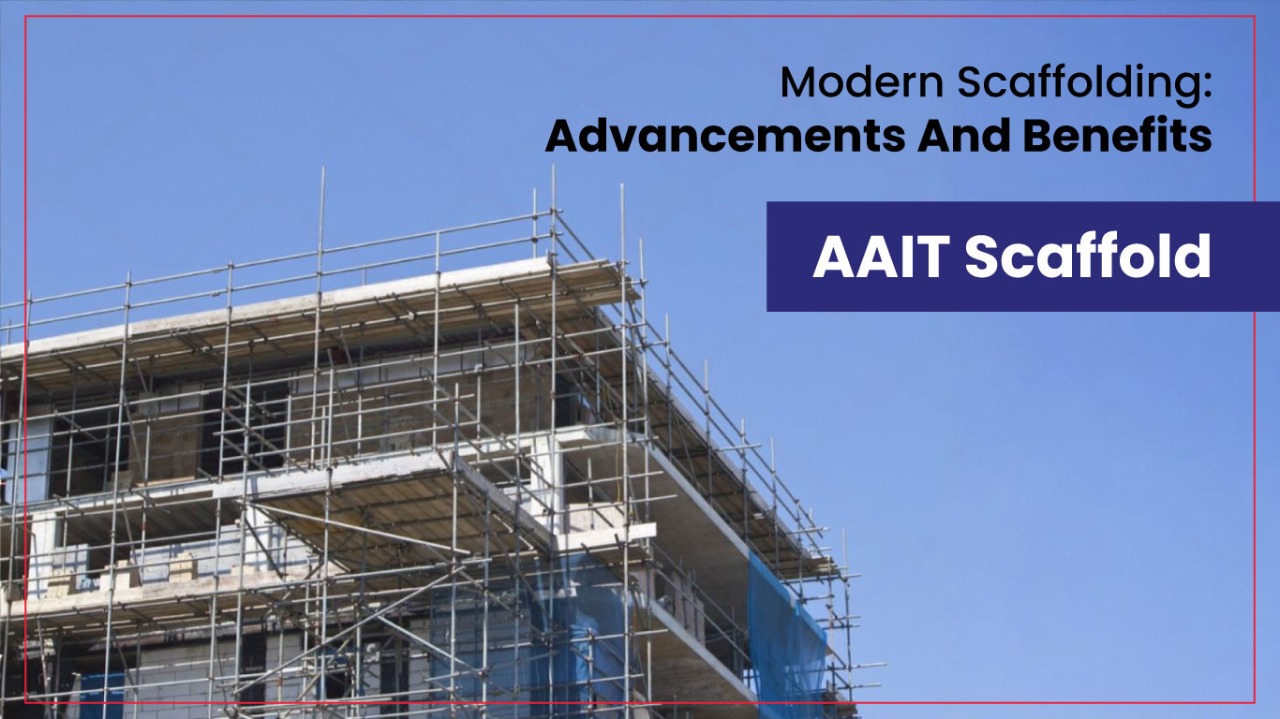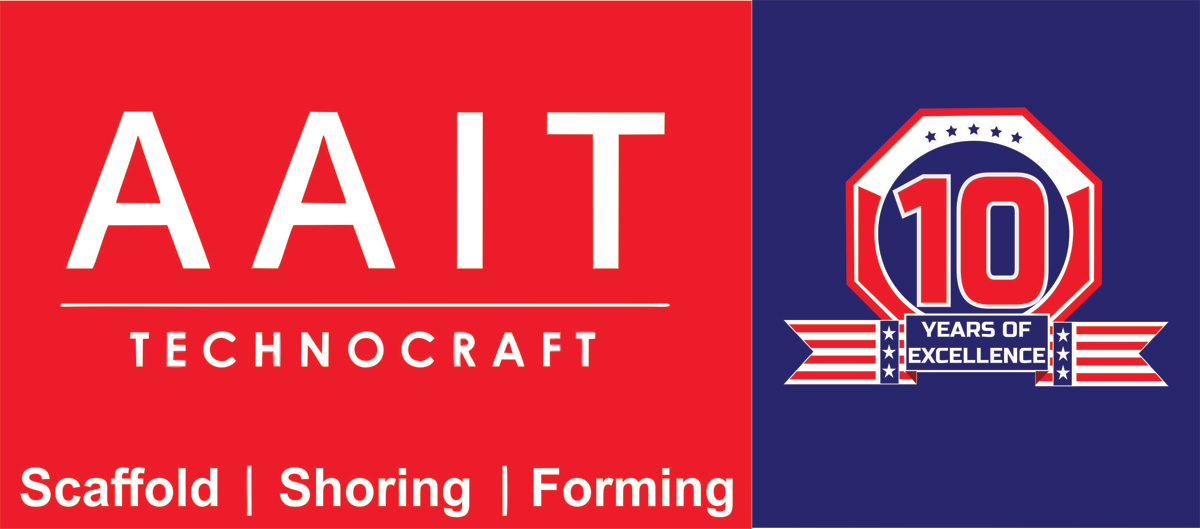
In the present times, scaffolding has evolved drastically since its origin. Way ahead, teams have observed advancements in modern scaffolding. This has changed the approach of conducting construction tasks. So, in this article, we shall cover more about the innovations that will transform the industry’s landscape.
How has scaffolding evolved with time?
Now, let’s check out how scaffolds have evolved across several years.
Safety & Durability
In the past, scaffolds were made from wood. Hence, they lacked stability that’s required for modern construction demands. This led to many accidents unexpectedly. But, scaffolding nowadays is made from aluminum and steel. Various components are now designed to support heavy loads and sustain harsh weather conditions. The scaffolding also features anti-slip surfaces and guardrails. Secure locking mechanisms are also provided for integration.
Quick Assembly
Modern scaffolding systems are designed for efficient assembly. This aspect has currently revolutionized construction timelines. Unlike traditional scaffolds, workers no longer have to cut the components. Instead, they only have to connect and adjust the prefabricated components. Dismantling the scaffold easily is also possible through modular designs and interlocking frames. Less tools are also required while assembling the entire scaffold.
Adjustable & Customizable
Adaptability is yet another advancement observed in scaffolding evolution. While modern scaffolding can be adjusted with ease, they are customizable to meet the needs. Moreover, the scaffold’s height can also be adjusted for complex architectural designs. This enables workers to carry out tasks around hard to access areas. On the other hand, the modular nature of scaffolds enables quick modifications. Thus, the scaffolds are suitable solutions even for the construction of large industrial sites.
On the whole, scaffolding has significantly evolved from basic wooden to advanced systems. Such evolution has made the temporary structure safer to use. Workers can also work with great efficiency once the scaffolding is erected.
What are the benefits of modern scaffolding?
Setting up a modern scaffold is certainly beneficial at the construction site. Let’s now check the benefits ahead.
Increased Productivity
When modern scaffolding is designed, it streamlines the construction process. As the workers can quickly assemble and dismantle the scaffold, they spend less time. They can later focus on the actual construction tasks. Moreover, the sturdy platform also enables workers to access hard to access areas. This helps to improve the workflow and switch between tasks smoothly. Eventually, the productivity is enhanced at the site.
Improved Safety
Safety is yet another benefit of erecting modern scaffolding. Contemporary scaffolding designs have many advanced features like guardrails, and non-slippery surfaces. These features help mitigate the risk of sudden falls and getting injured. Additionally, engineers build the scaffolding with the safety standards in mind. This offers greater stability to the workers and leads to a safer environment.
Cost Savings
While installing modern scaffolding, the team has to bear a high upfront cost. This ultimately leads to considerable savings with time. Owing to durability, there isn’t any need for frequent repairs. Labor costs can also be minimized due to swift setup times. Moreover, the associated costs of the construction project can further be reduced.
Versatility
Modern scaffolding systems are quite versatile in today’s world. This is because they can be adapted to diverse construction projects. Scaffolding can also be customized for large-scale projects. Teams can then meet the unique requirements at the construction site. To accommodate the types of tasks, the scaffold can further be adjusted in height.
Environmental Considerations
Many modern scaffolding systems are designed from sustainable materials.These include recycled metals and reduce the environmental impact at the site. Additionally, waste is minimized when the scaffolding can be reused for several projects. Such systems are also designed for longevity. This means that less materials have to be produced for the scaffold’s development. Manufacturers can thus follow green building practices with sustainable designs.
Conclusion
Finally, modern scaffolding is surely going to transform the construction domain. It has been offering many advantages like versatility, safety and efficiency. With time, innovations are also an asset to the domain. But, as technology advances, teams can perceive a significant improvement in the scaffolding systems.
Still seeking a temporary structure for your project? Why not connect with AAIT Scaffolds today?
While we develop diverse components, we assure to meet the industrial standards. Quality is also maintained while the scaffolding components are manufactured.












 Download
Download
Comments are closed